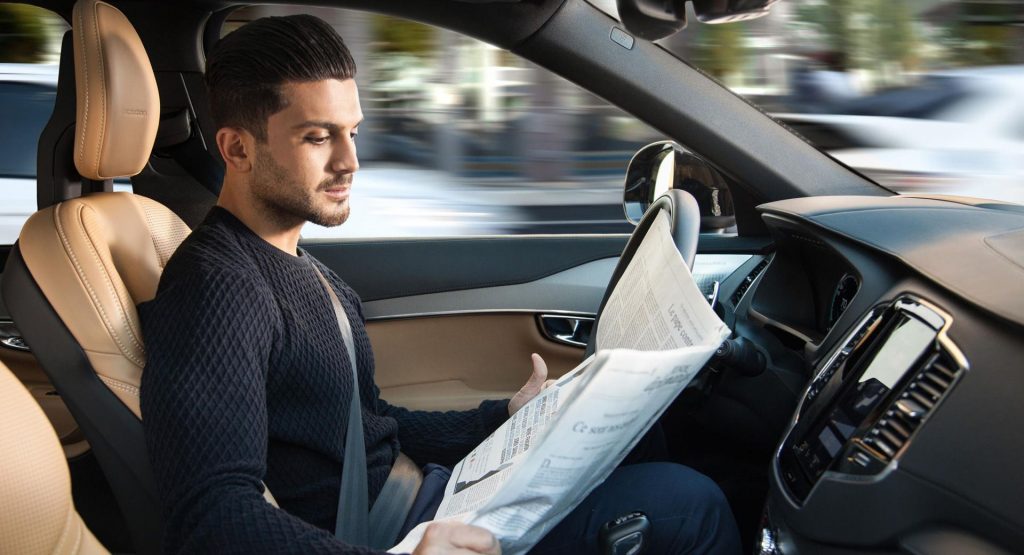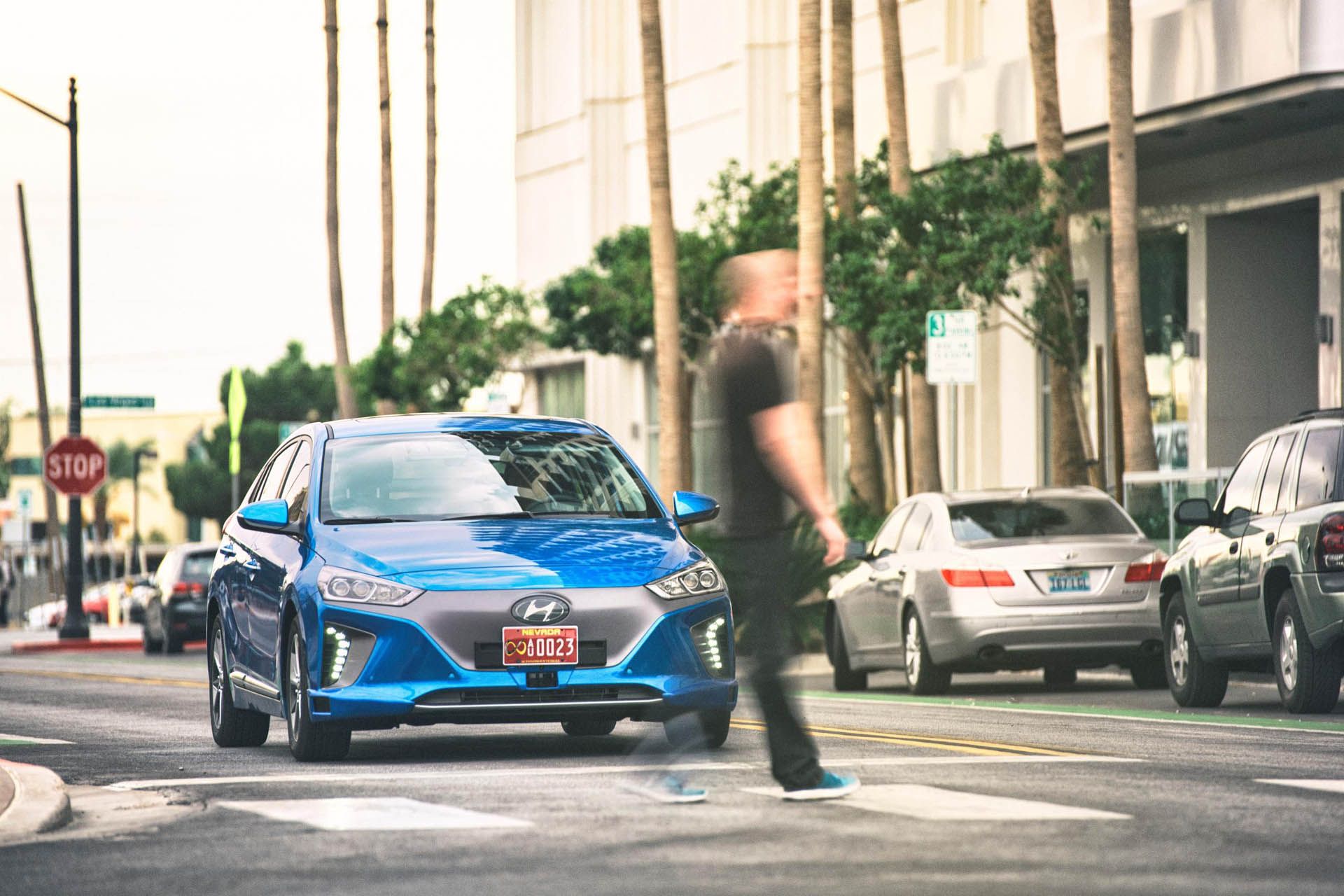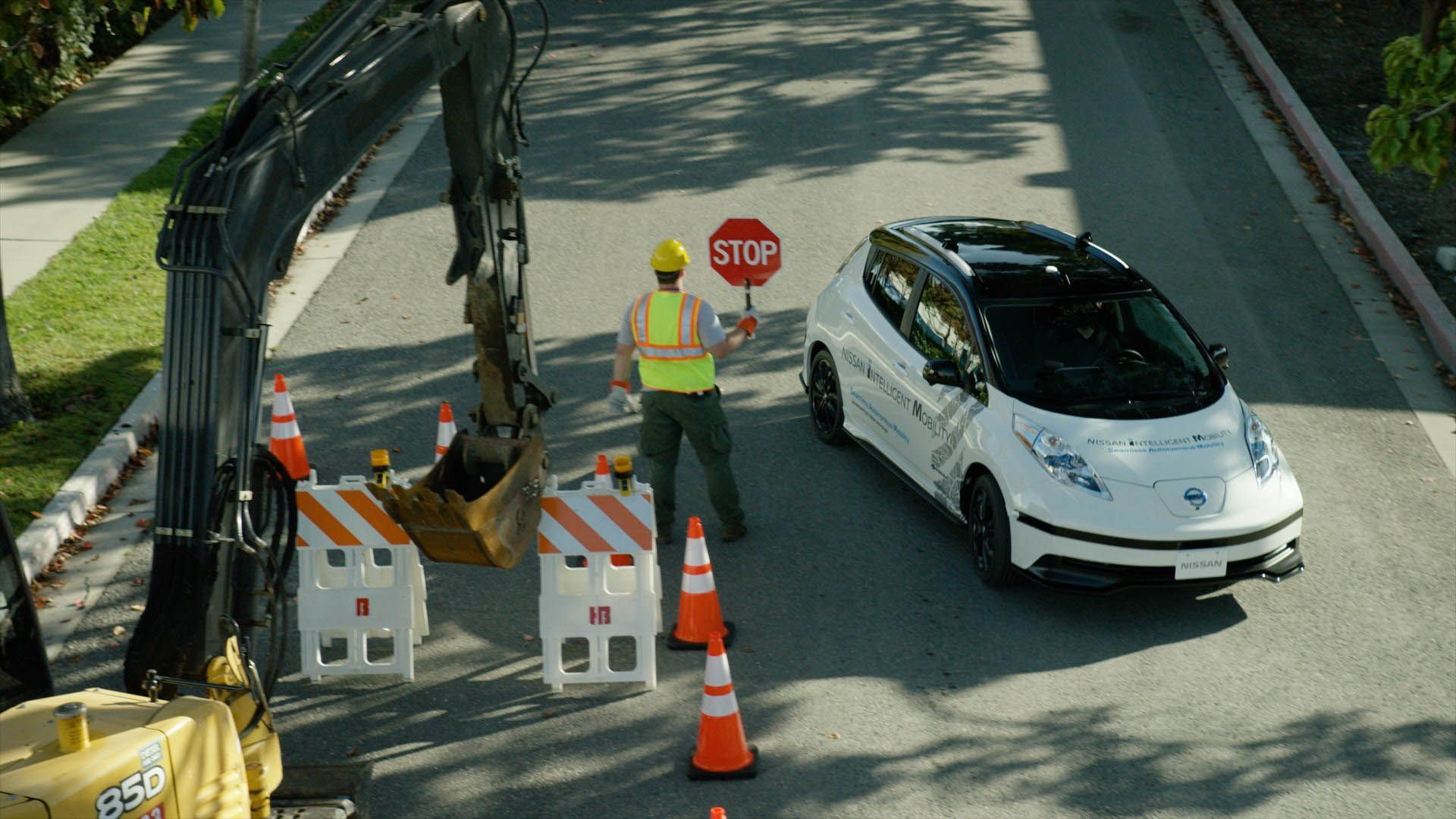The pending arrival of autonomous vehicles holds many promises of making our roads safer and more convenient. But don’t count on them eliminating the need for driver’s licenses just yet.
According to the latest research recommendations, not only should the “drivers” of self-driving cars still be required to hold a valid license, but may need to get re-certified. The reason? In a word: handover.
For the foreseeable future, autonomous vehicles will likely require human intervention under certain circumstances. But trials staged in the UK suggest that it takes about three seconds for a driver to re-focus and take the wheel again after the car has been driving itself.
Even at speeds as low as 20 miles per hour (32 km/h), the vehicle could travel for nearly 90 feet without anyone (or anything) actually in control. That’s about six and a half car-lengths. At 60 mph (96.5 km/h), that three-second lag could translate to nearly 300 feet. That’s nearly the entire length of an American football field – a space in which, as you might imagine, anything could happen.
Who’s Responsible?
Based on those factors, British law firm Burges Salmon and insurance company AXA recommend that drivers should undertake specialized certification to ensure they can handle the handover process more seamlessly. The findings form part of the second of three planned reports from their joint Venturer project. The initiative is backed in part by the government’s Innovate UK agency.
“Handover presents a complication for the basic liability model,” notes AXA’s David Williams. “How can we apportion responsibility between human driver and the vehicle fairly?”
For our part, we’re all in favor of proper certification and training to operate motor vehicles – even those designed to operate autonomously. We can’t help but wonder, though, if that lag in handover time isn’t something around which self-driving cars ought to be designed. Let the vehicle’s systems maintain control, we say, until the driver is actually ready to take over.
“Setting the boundaries of driver and autonomous system liability will require a detailed understanding of how users interact with technology,” said Burges Salmon transport lawyer Chris Jackson. “Defining the parameters of handover is an important step in delivering the driverless experience which people will expect.”






